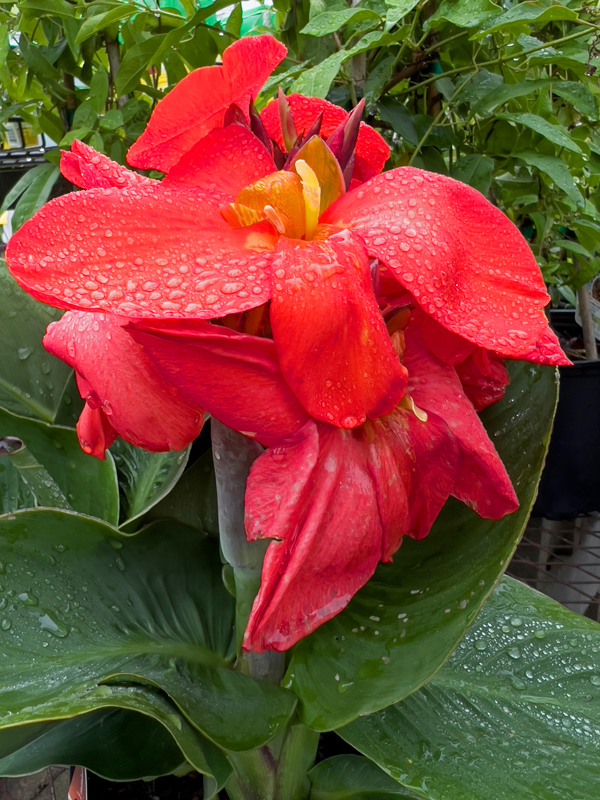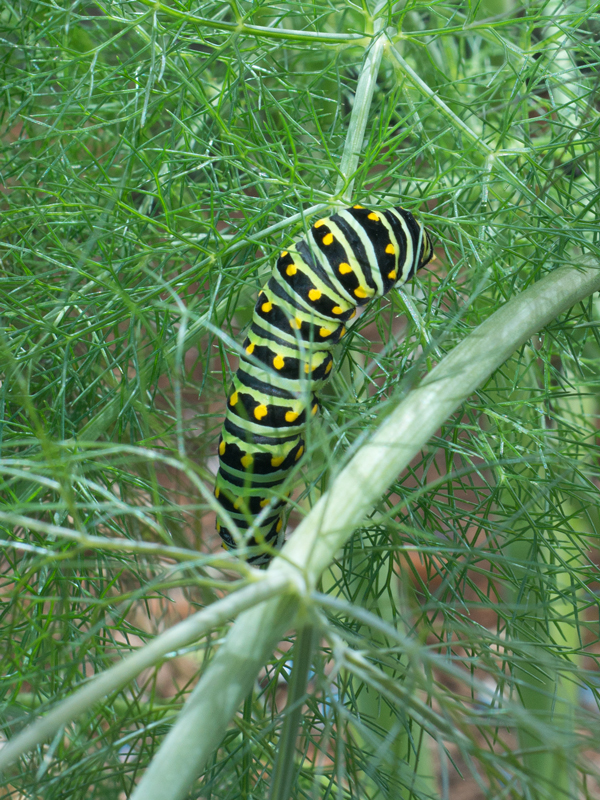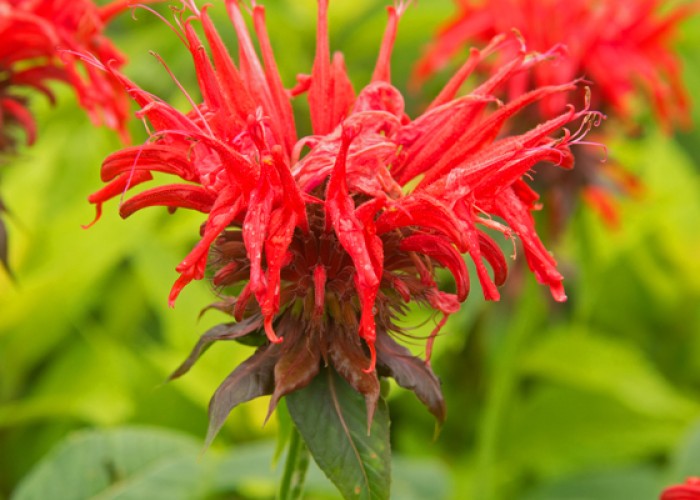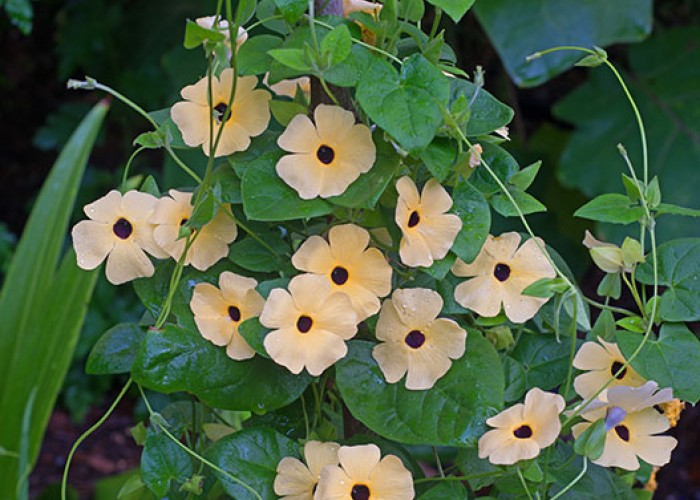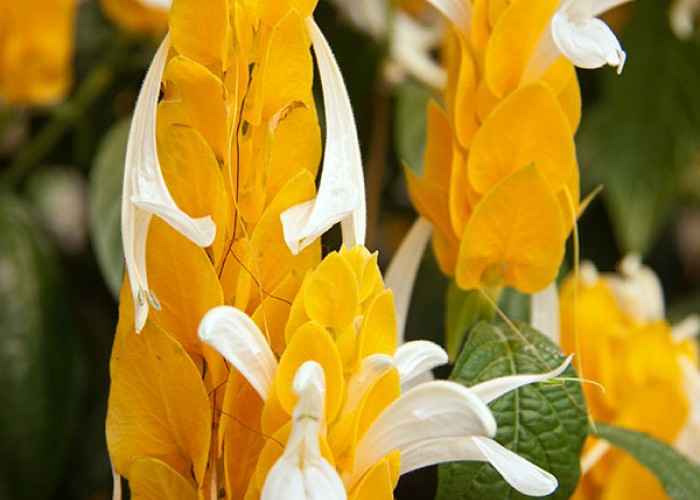Compact Canna Lilies
Plus Garden To-Do’s for May
By L.A. JacksonIn flower and foliage, canna lilies (Canna sp.) can make big statements in the landscape, but maybe too big at times.
Some cannas grow upwards of 6 feet or more, and in a grouped setting, they are awesome, bordering on formidable. Heck, I’ve even seen expansive stands of such cannas large enough to hide my truck behind.
For backyard growers not thrilled about gardening in the shadows of such biggies, there’s another way to go. Along with big, bodacious creations, dwarf cannas have also been a goal for many plant breeders.
Cannas that restrain themselves to 3 feet in height or less aren’t particularly new to the gardening world, but, to me, it sure seems like more and more of these compact cuties are showing up in garden shops these days. They are becoming ordinary enough that even big box retail stores with nursery centers have gotten in on the fun.
When the cultivar “South Pacific Scarlet” (26 to 32 inches tall) was honored as an All-America Selections (AAS) winner in 2013, it helped shine a light on the possibilities of petite cannas. This was reinforced when little sister “South Pacific Orange” also became an AAS winner in 2018.
Awards aside, the advantages of compact cannas are obvious, particularly if you have limited garden space. Since they will play nicer among other small ornamentals, it is easier to fit them into the flower garden. Dwarf cannas are also prime candidates for potted plantings to help doll up a deck, patio or gazebo.
Growing cannas in containers makes them seasonally mobile, meaning they can be moved to a sheltered place during the winter. This is important in upper elevations of Western North Carolina, where the cold months have a frostier bite. In other parts of our state, compact cannas are usually hardy enough to weather typical winters in the garden, but do add a few inches of protective mulch in autumn, just in case.
Like their big brothers, garden-grown dwarf cannas put on their best bloom displays under full sun tucked in beds heavily amended with organic matter. Also, don’t let these pretties dry out — they need at least an inch of water weekly in the summer. And when it comes to nutrients, compact cannas are little piggies, requiring gobs of compost or light applications of 8-8-8 or 10-10-10 fertilizer every six weeks through the growing season for peak performance.
Garden To-Do's for May
Enjoy home-grown dill, fennel and parsley? You should still be able to find established plants now, so prepare a garden bed and have at it. Then, fill up another bed further away with the same herbal helpers. The reason for this repetition is their foliage often attracts big, fat green caterpillars with black stripes and yellow dots. These are immature black swallowtail butterflies, so instead of using insecticides on such beauties-to-be, if you find any on “your” plants, simply move them to the second bed containing “their” plants so they can bulk up and eventually flit away as pretty butterflies.
- Haven’t plunked down any peanuts, pumpkins, okra or sweet potatoes in the veggie garden yet? It shows what a sharp backyard grower you are. These edible delectables are heat seekers, and they really shouldn’t be planted until May, when the soil has turned into a warm, growth-encouraging planting patch.
- Your fine-feathered garden friends will be working overtime with spring activities this month, so don’t forget to clean the birdbath and refill it with fresh water at least once a week.
-
More May gardening tips
-
Share this story:

